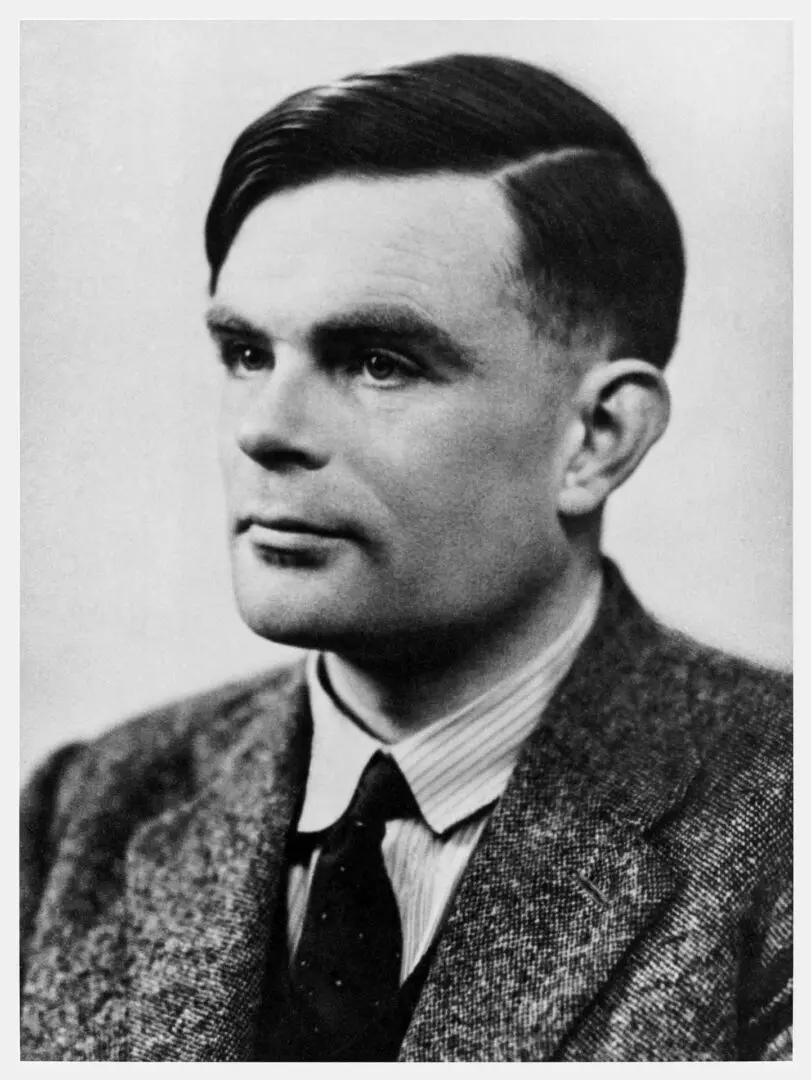ENIGMA CODE: Innovation that Saved 14 Million Lives
By Ms. Kim Knight, Staff Writer
Imagine … the strongest military forces on earth are locked in a turbulent world war. In the fierce clash of titans, the darkest side of humanity emerged, resulting in great suffering and the loss of millions of lives. Now imagine that you have the capability to ease the suffering or even end the war without the use of weapons but, instead, through intelligence and extraordinary innovation. To accomplish your mission, however, you face nearly impossible odds of 1 in 158,962,555,217,826,360,000 for success to intercept and decipher an extremely complicated encrypted code—while the clock is ticking.
“Sometimes it is the people no one imagines anything of who do the things that no one can imagine,†said British mathematician, cryptographer, and pioneer of computer science, Alan Turing. The Princeton- and Cambridge-educated scholar was recruited by the British government in 1939 to lead a group of cryptographers, known as Ultra, all housed for top-secret work at Bletchley Park in Buckinghamshire, England. His crucial task was deciphering Germany’s highly encrypted classified messages that were generated by an Enigma Machine and transmitted to Nazi forces across the war front. The Enigma ciphers were thought to be unbreakable because there were 159 quintillion possibilities to correctly decipher one, and the combination for the code was changed every 24 hours. If Turing’s team could decipher the codes, it would give Allied powers an enormous strategic advantage in every battle, which would swiftly end the war.
The Allied powers had retrieved an Enigma Machine from the battlefields. It looked something like an elaborate, old-fashioned typewriter but was cutting-edge technology for the time. When messages were typed into the machine, the result would be a series of seemingly random letters, such as MKRWQPO. Turing had to determine what the letter combination was to establish a key, but with so many possibilities, the ironclad system appeared impenetrable. The great mind searched relentlessly for a flaw or weakness in the code and discovered—after much trial and error—that when a specific letter was typed in, it would never be itself in the code. For instance, when an “S†was typed in, it would never be an “S†within the coded message. To test his finding, he had to unearth a word or phrase the Germans used often in Enigma-encrypted messages. The phrase he found was ‘Heil Hitler’ at the end of every code. It is ironic: their tribute to a tyrant leader ultimately led to their defeat.
Turing had the basic configurations worked out, but he understood that he had to build a machine to quickly beat the complexity of the Enigma machine. There simply was not enough time for the Ultra team to work through the vast number of combinations to reestablish a key each day when the code was reset and to decipher the 3,000 to 5,000 messages the Nazis were transmitting daily. Time was of the essence because it literally meant life or death for American and Allied troops fighting on the front lines.
Before the war, a Polish mathematician had designed a machine called the bomba to break the Enigma ciphers, but the Germans caught on and added more rotors and completely changed procedures, making the new machine obsolete. Turing used it as a foundation to redesign a machine to mathematically eliminate codes, which accelerated the timeframe for deciphering Nazi messages from weeks to minutes once the team streamlined the processes. By 1943, the revolutionary machine was deciphering a staggering 84,000 messages every month, which meant the Ultra team cracked roughly two messages every minute. The innovation changed the course of the war and history.
In 2019, Britain announced that Turing and images of his work would appear on its 50-pound note. “As the father of computer science and artificial intelligence, as well as war hero, Alan Turing’s contributions were far ranging and path breaking. Turing is a giant on whose shoulders so many now stand,†said Mark Carney, Governor of the Bank of England. The back of the note featured a quote from Turing: “This is only a foretaste of what is to come, and only the shadow of what is going to be.â€
It is estimated that Turing’s work shortened the war by two years and saved 14 million lives. Cracking the code was a silent victory for the war hero who never wore a military uniform. Clearly, the hard work shrouded in secrecy at Bletchley was not done for honor and glory but simply out of duty—for the greater good of mankind.



